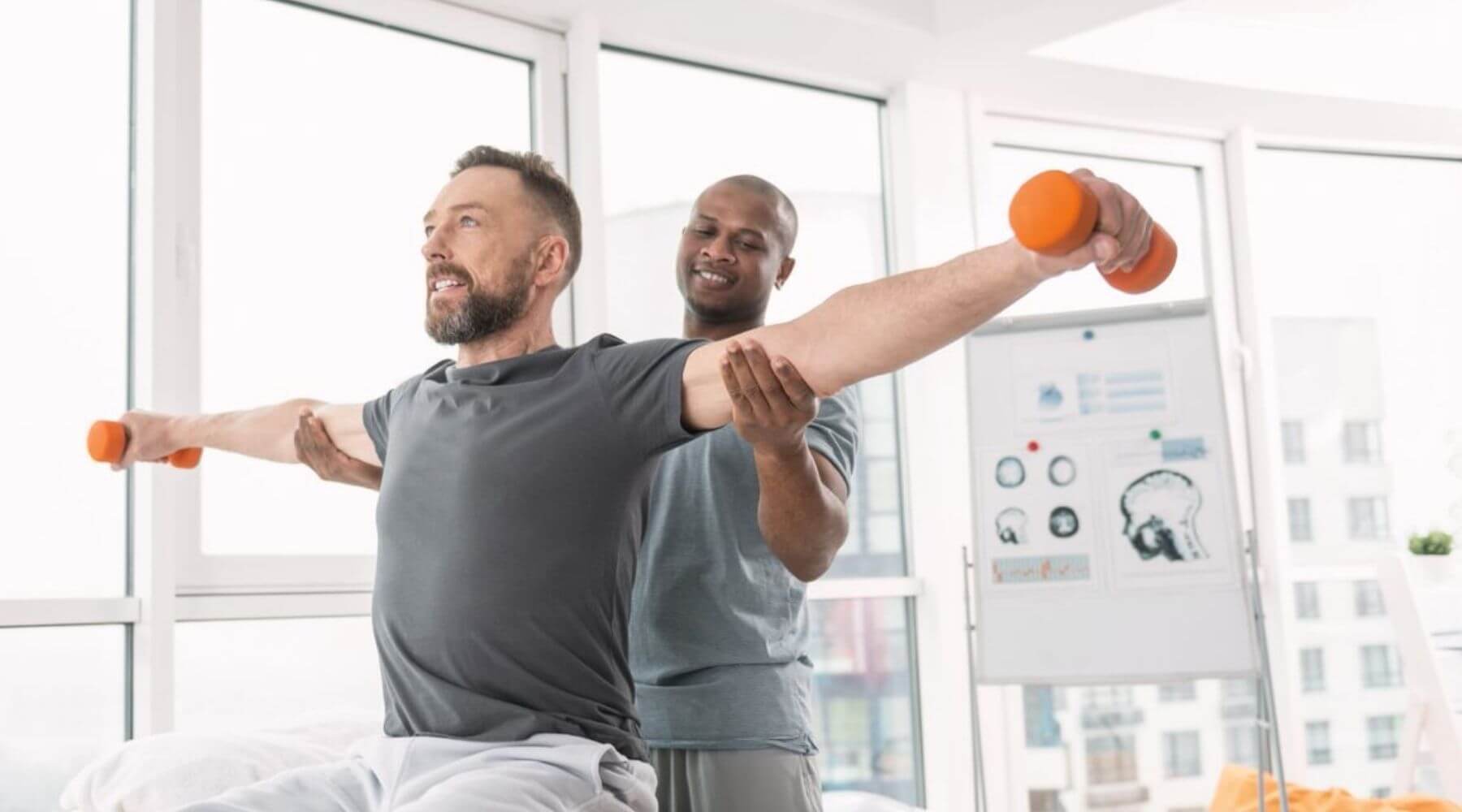Comprehending various Techniques for Bodily Therapy toward Enhanced Rehabilitation and Recovery
Comprehending various Techniques for Bodily Therapy toward Enhanced Rehabilitation and Recovery
Blog Article
Physical therapy serves as an significant aspect of healing and recovery for numerous people. It aids people regain vigor, enhance mobility, and reduce soreness following injuries or procedures. Various methods to physiological treatment, all designed to address the particular requirements of individuals. Comprehending these diverse techniques can assist patients form educated choices about their healing journey.
One typical method to physiological rehabilitation is manual treatment. This approach involves hands-on therapy by a physiological therapist to handle muscles and articulations. Manual treatment can aid alleviate pain, boost vascular health, and enhance range of motion. Therapists may utilize techniques such as kneading, articulation mobilization, and elongation to help individuals recover. Such method is frequently beneficial for those with skeletal problems, such as back discomfort or joint inflammation, as it centers on the bodily aspects of recovery.
A different important technique is rehabilitative exercise. Such method involves targeted activities crafted to boost power, stability, and coordination. Bodily specialists design personalized movement regimens based on the client's situation and aims. These exercises can vary from simple actions to increasingly advanced exercises. Rehabilitative movement is vital for rebuilding vigor after an injury and stopping additional issues. This also assists clients restore belief in their physical capabilities, which is essential for total recovery.
Aquatic rehabilitation is an additional helpful technique that employs aqua to aid in rehabilitation. This method takes advantage of the buoyancy of aqua, which minimizes the pressure on connections and facilitates more comfortable activity. Clients can carry out exercises in a pool, making it a wonderful alternative for those with constrained flexibility or discomfort. Water-based rehabilitation can aid improve power, range of motion, and stamina while providing a supportive environment for recovery. This is notably advantageous for clients healing from operations or those with persistent pain conditions.
Lastly, knowledge and autonomy are crucial parts of physiological rehabilitation. Physical practitioners also deliver therapy but furthermore educate clients about their conditions and how to cope with them. Such entails grasping anatomical mechanics, posture, and the importance of being engaged. Through empowering patients with understanding, specialists assist them take an proactive part in their healing. Such technique motivates patients to persist their rehabilitation beyond the scope of care appointments, leading to better enduring effects.
To summarize, physiological therapy offers diverse methods to enhance recovery and restoration. Hands-on therapy, therapeutic movement, water-based therapy, and learning all have crucial parts in helping clients restore their power and mobility. All approach is tailored to address the distinct needs of clients, guaranteeing see post a comprehensive technique to recovery. By grasping these various techniques, clients can more effectively navigate their healing path and work towards attaining their rehabilitation aims.